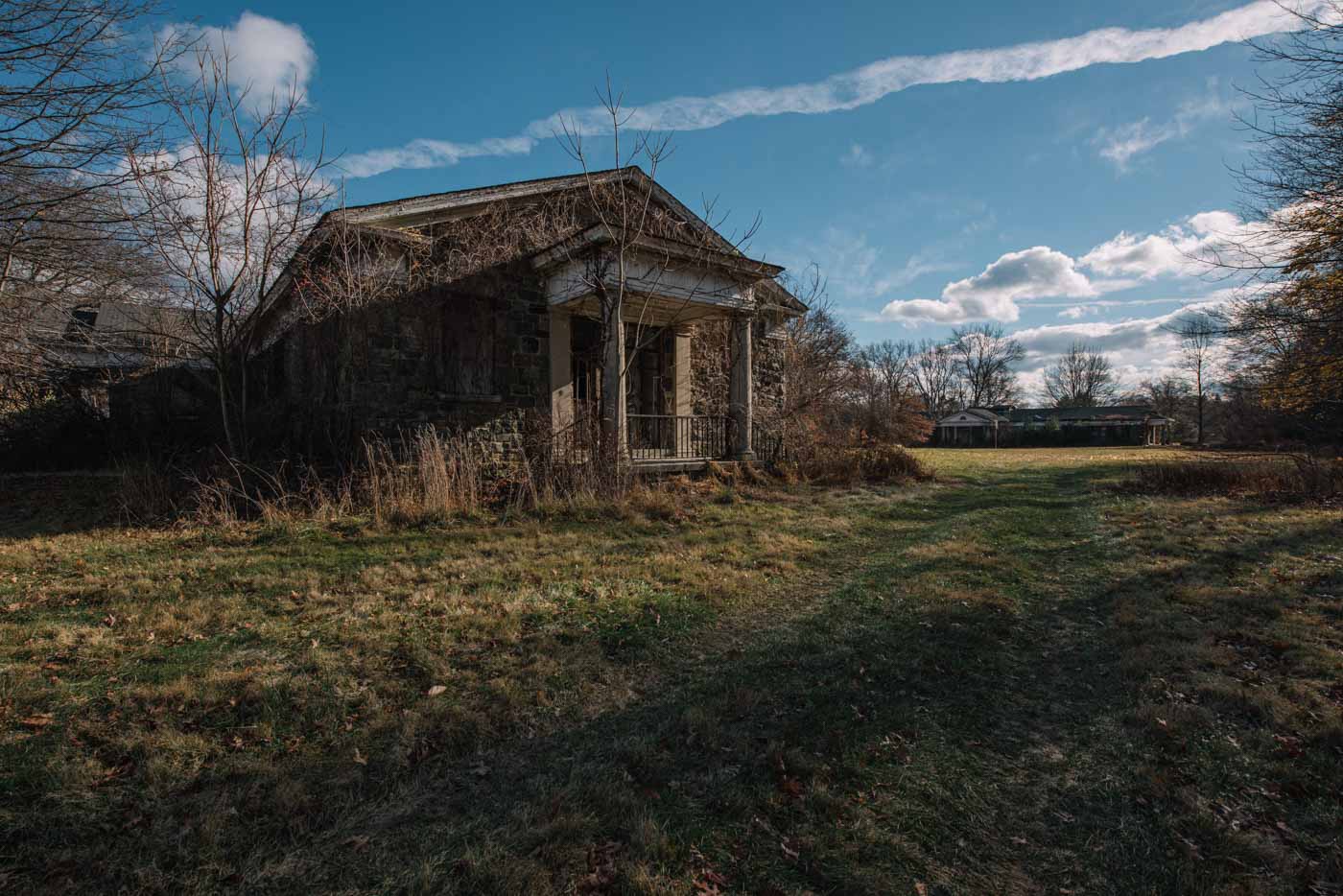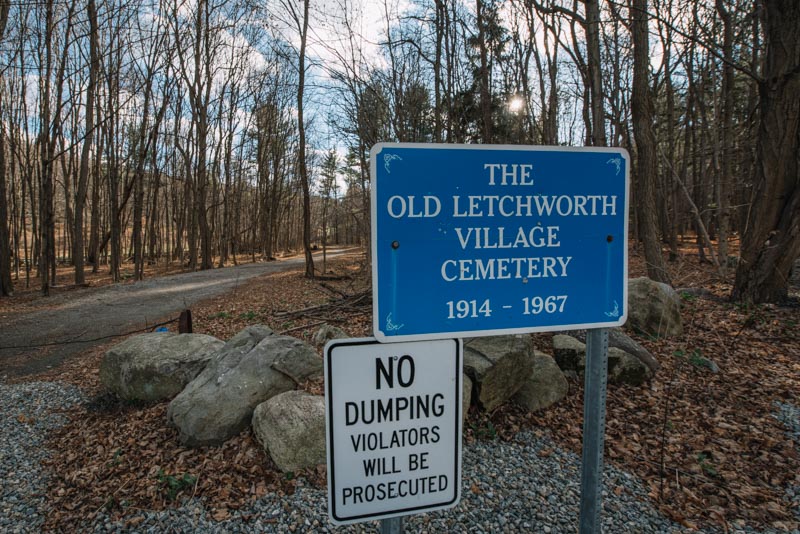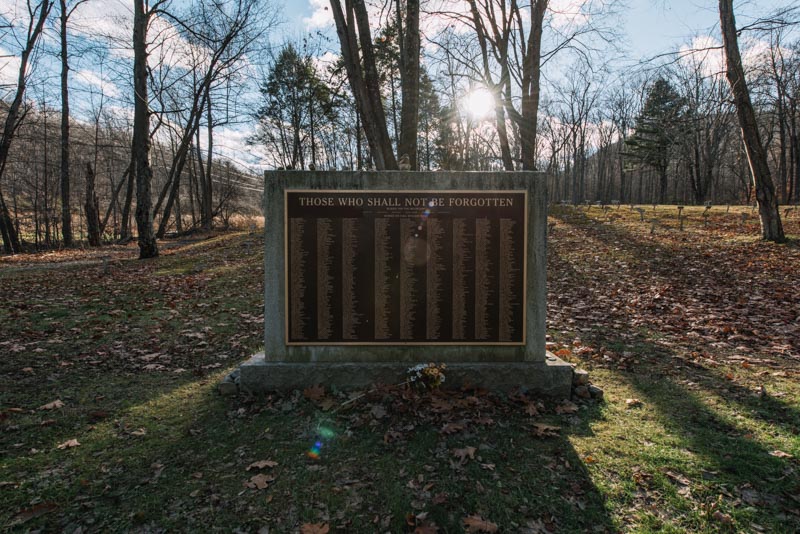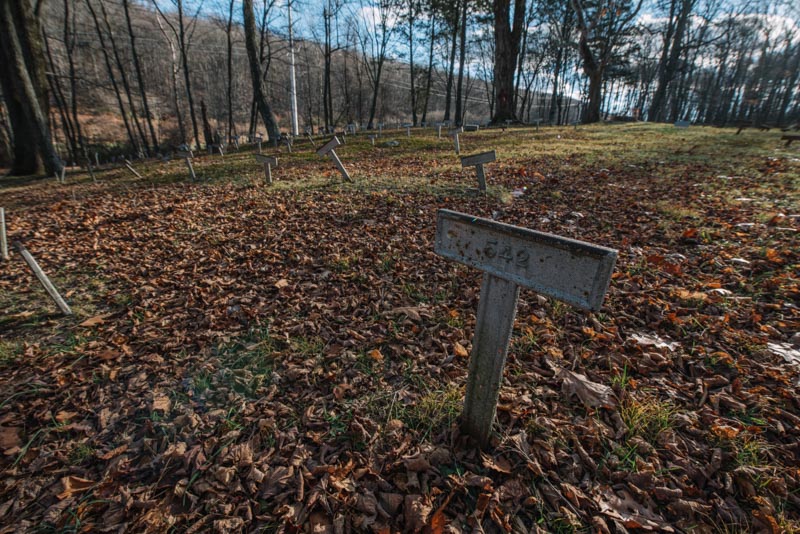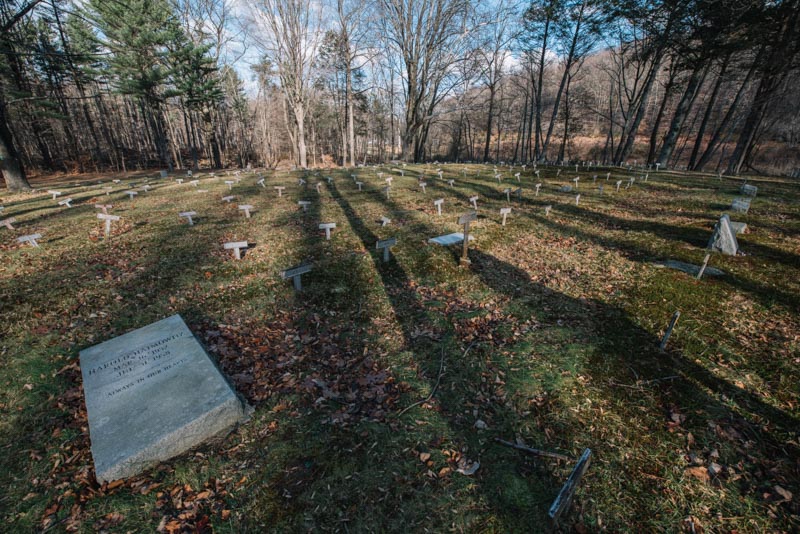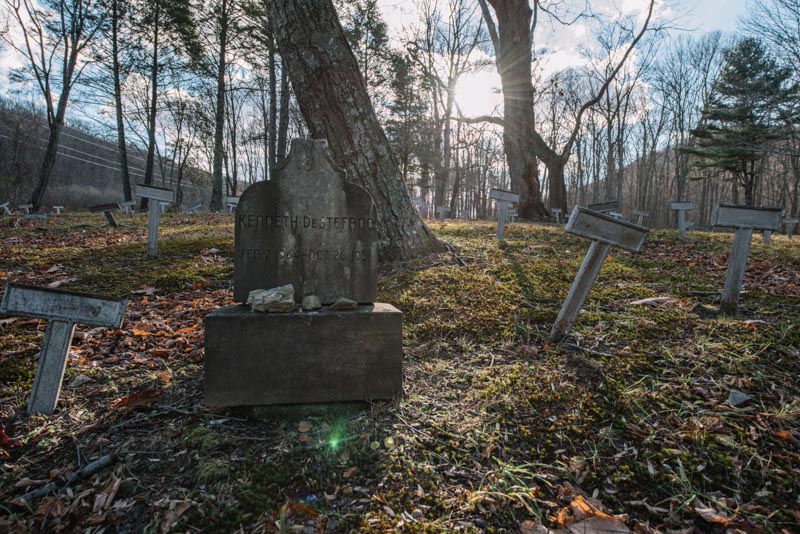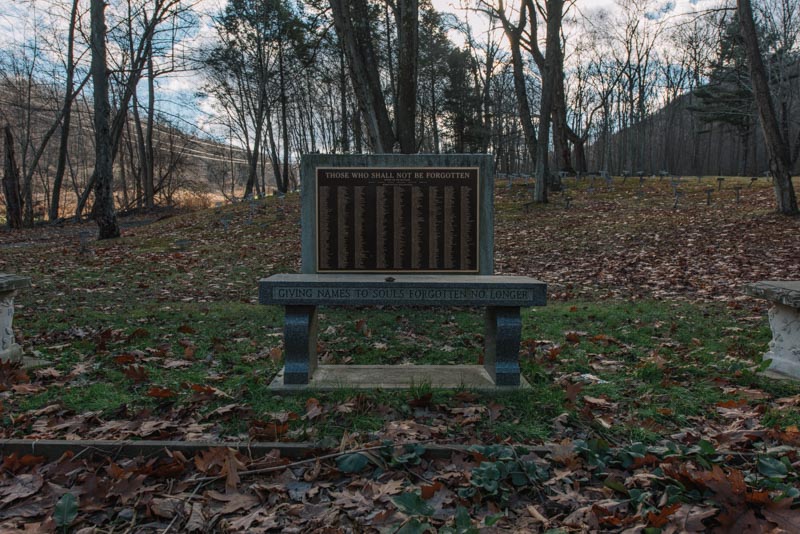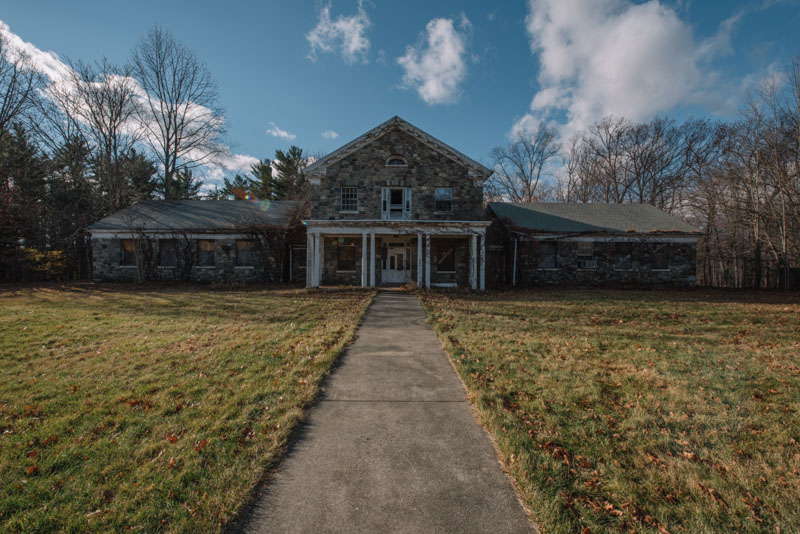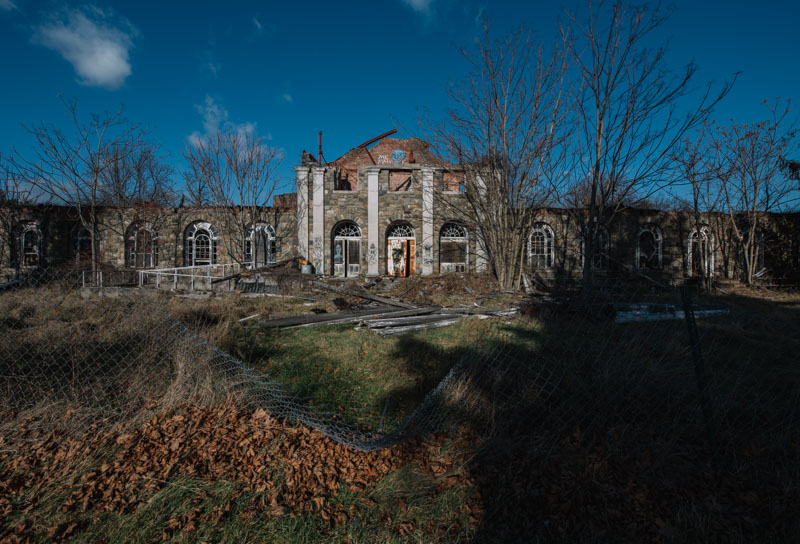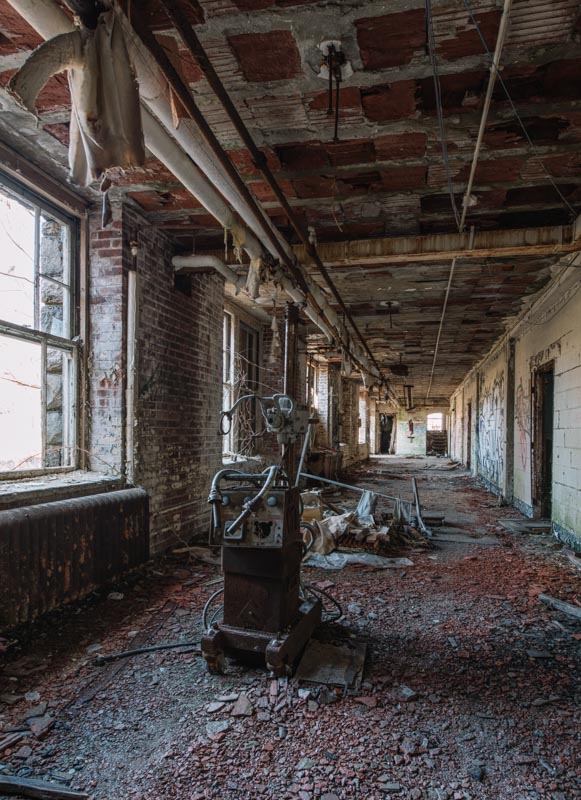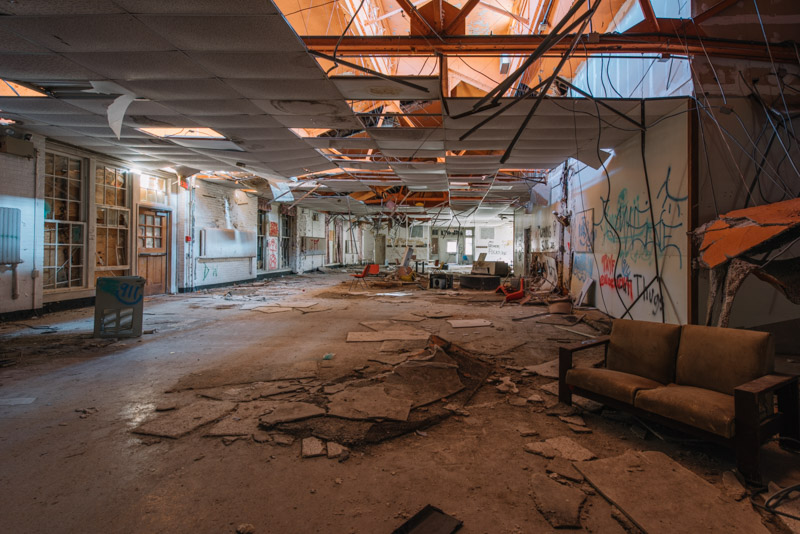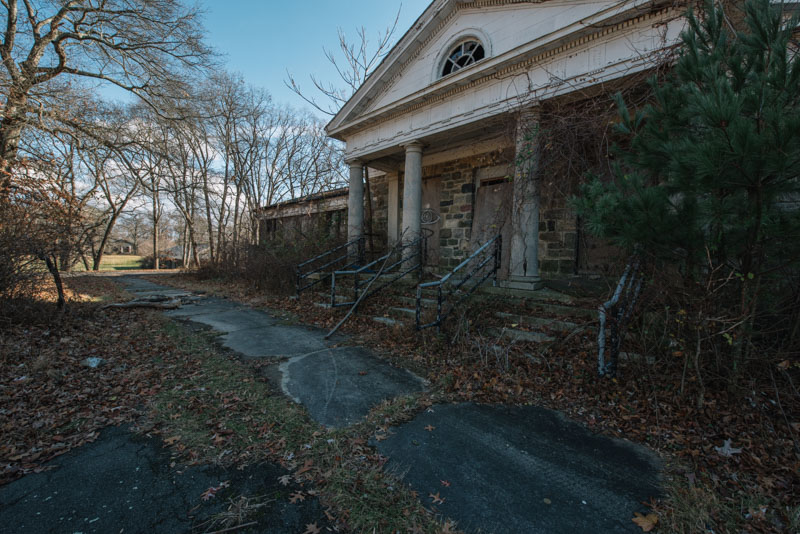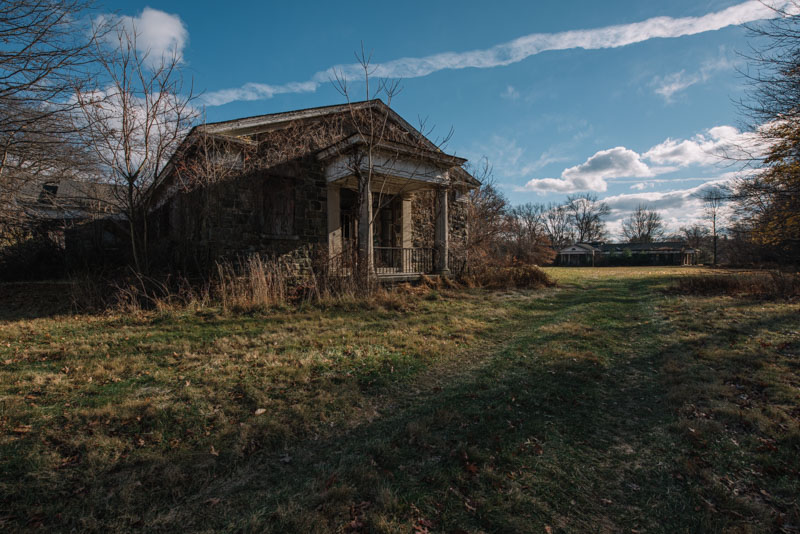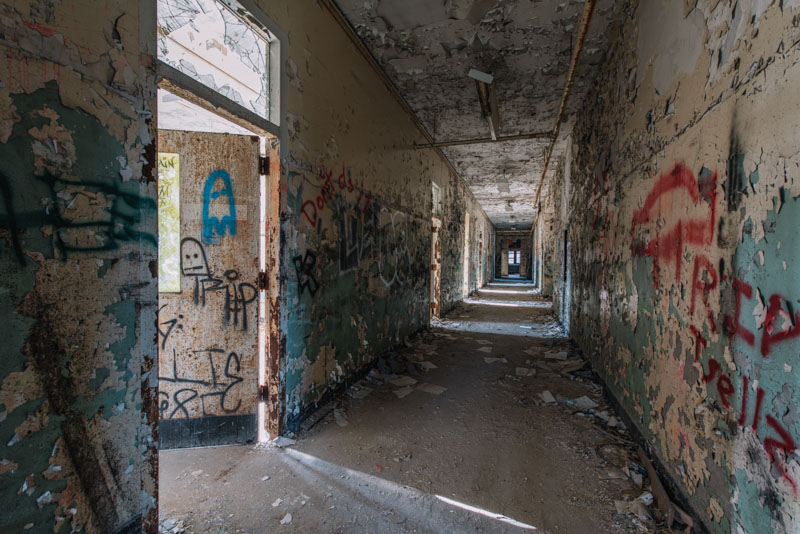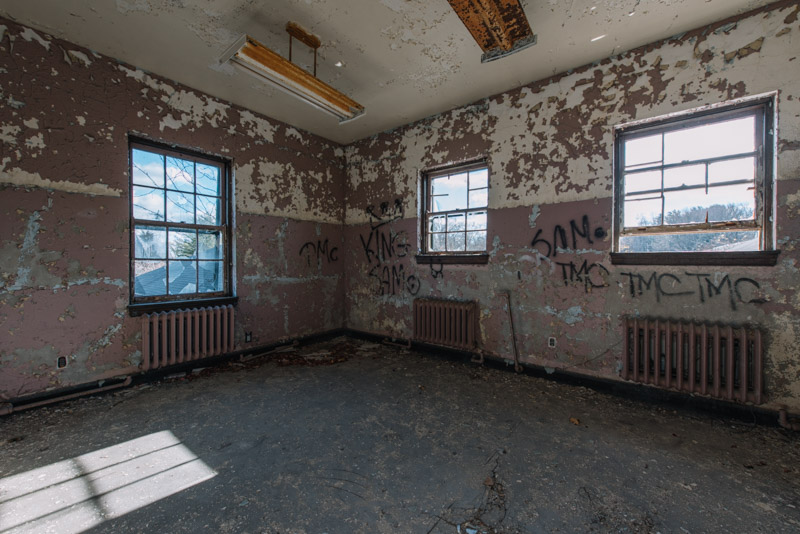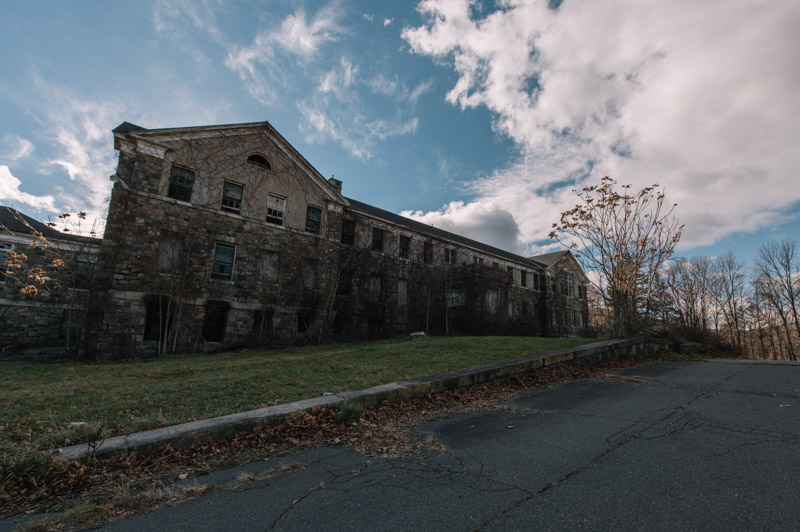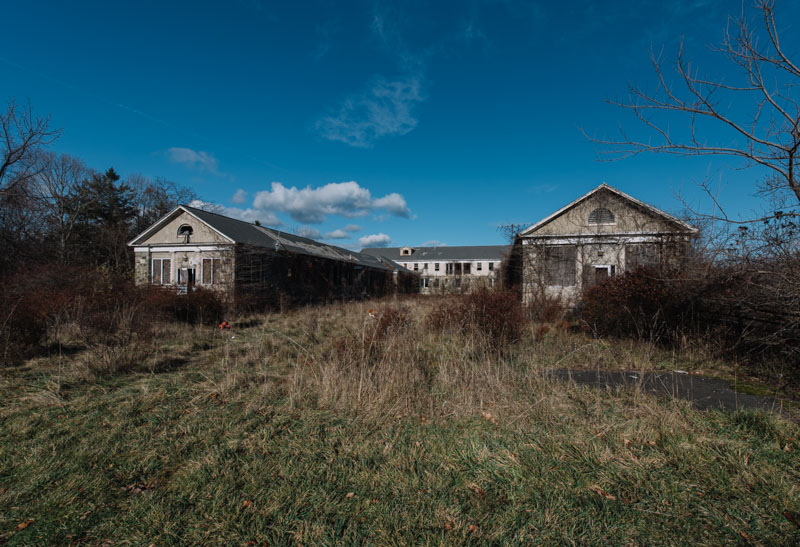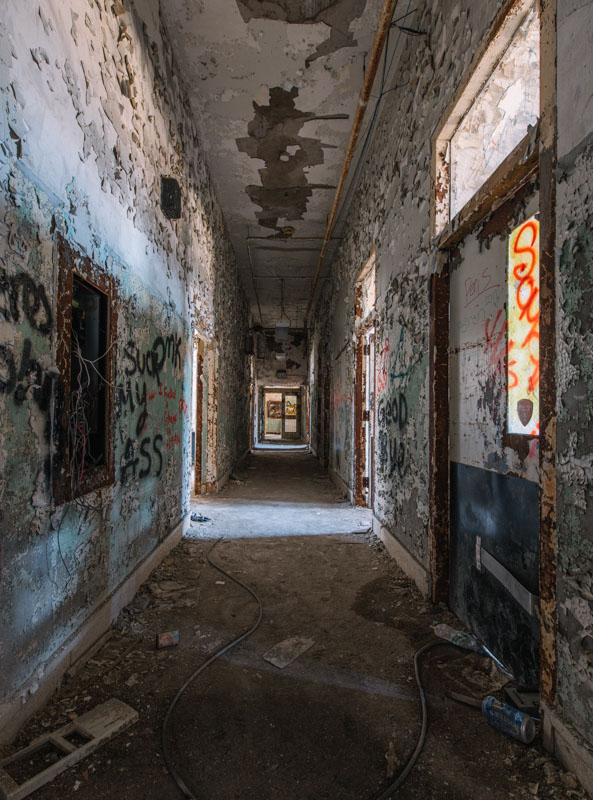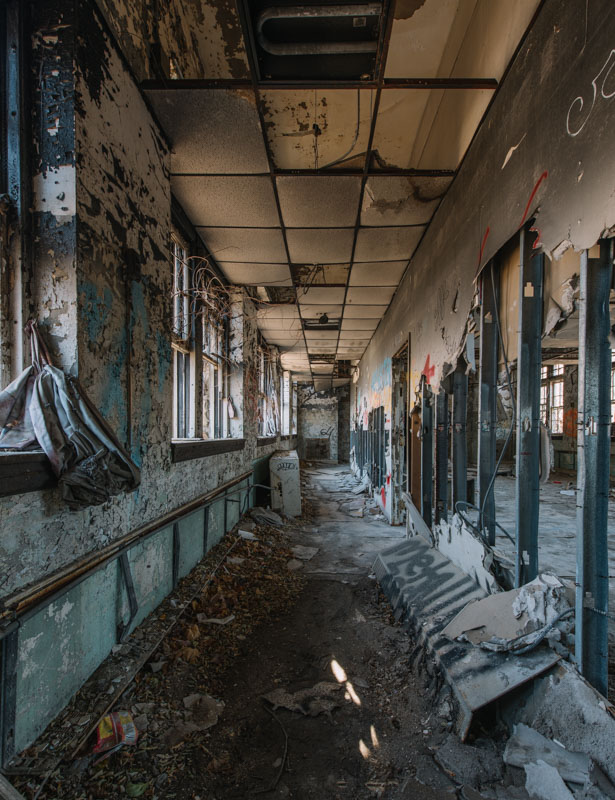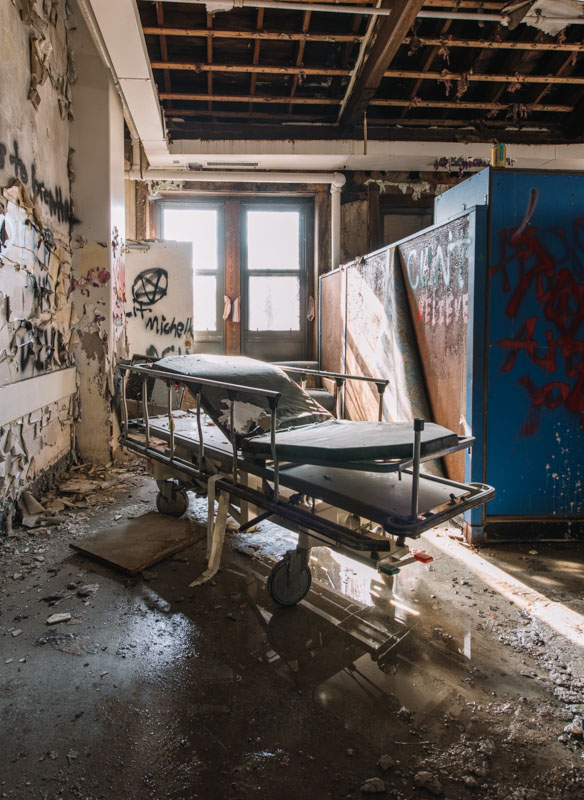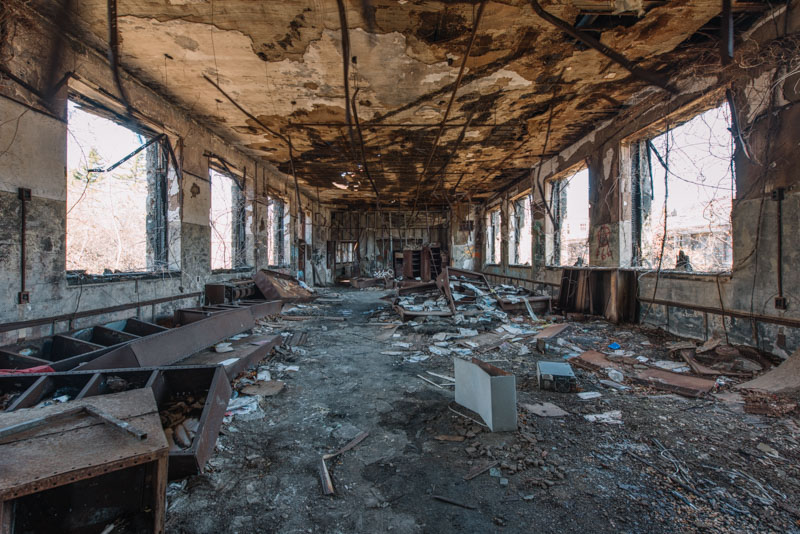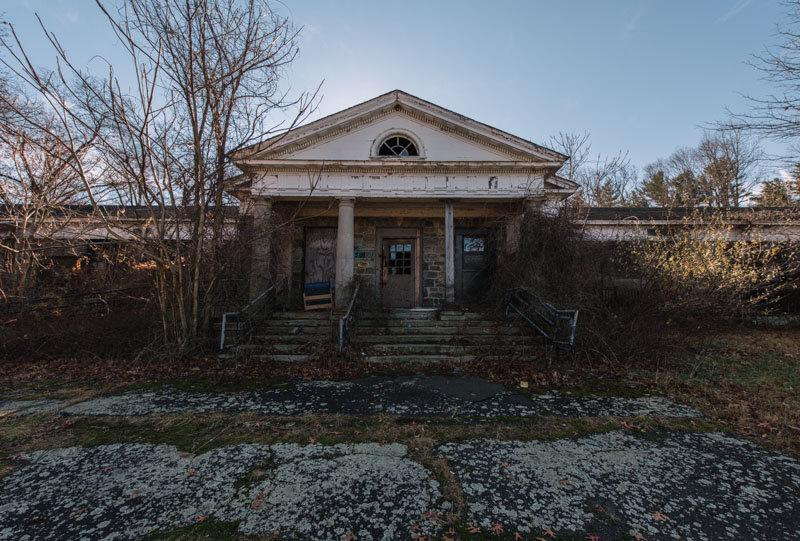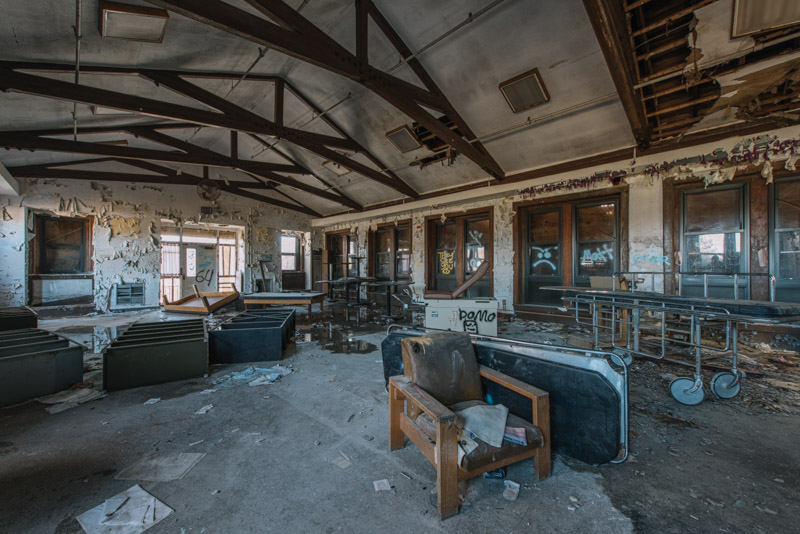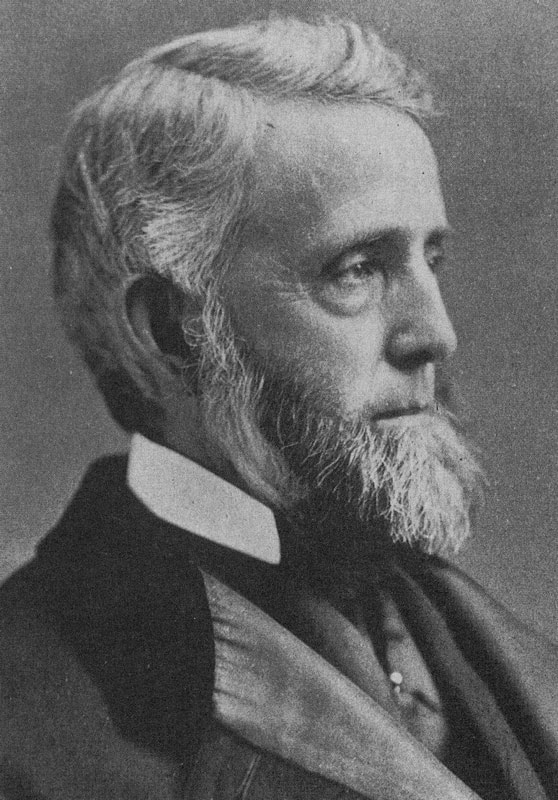
William Pryor Letchworth was born in Brownville, New York on May 26, 1823, the fourth of eight children born to Josiah and Ann Hance Letchworth. Raised as a Quaker, Letchworth learned the values of hard work, charity, and development of the intellect from his family. At age 15, he was hired as a clerk at Hayden & Holmes, a saddlery and hardware company, and by age 22 he was a partner at Pratt & Letchworth, a company involved in the “malleable iron” business.
In 1873, Letchworth was appointed to the New York State Board of Charities. In 1875, he had inspected all the orphan asylums, poor-houses, city almshouses, and juvenile reformatories in the state which had an aggregate population of 17,791 children. Following his investigation, he recommended that all children under 2 years of age be removed from these institutions, which was accepted by the state. In 1878, Letchworth was elected as President of the Board. Letchworth resigned from the State Board of Charities in 1897. Letchworth served as President of the National Association for the Study of Epilepsy and the Care of Treatment of Epilepsy, and as President of the First New York State Conference of Charities and Corrections, as well as President of the National Conference of Charities and Correction, held in St. Louis in 1884.
Letchworth spent the next few years traveling around Europe and the United States at his own expense to explore the treatment and condition of the insane, epileptics, and poor children. From this research, he wrote two books: The Insane in Foreign Countries and Care and Treatment of Epileptics. He pushed for a new, humane alternative to high-rise asylums. His plan consisted of a self-contained and self-sustained of small cottages on a working farm, allowing residents a more humane and productive lifestyle under the care of the leading researchers and physicians.
The state approved his plan in 1907 and secured property in the town of Thiells in 1909. Letchworth died before the village was completed but lived long enough to know it would bear his name. The first residents were admitted to Letchworth Village on July 10, 1911. The village consisted of over 130 buildings built on over 2,000-acres of rolling fields and dense woods, including small dormitories, dining halls, a hospital, and housing for the staff. At the time, Letchworth Village was described as the ideal center for the mentally challenged and praised by the state.
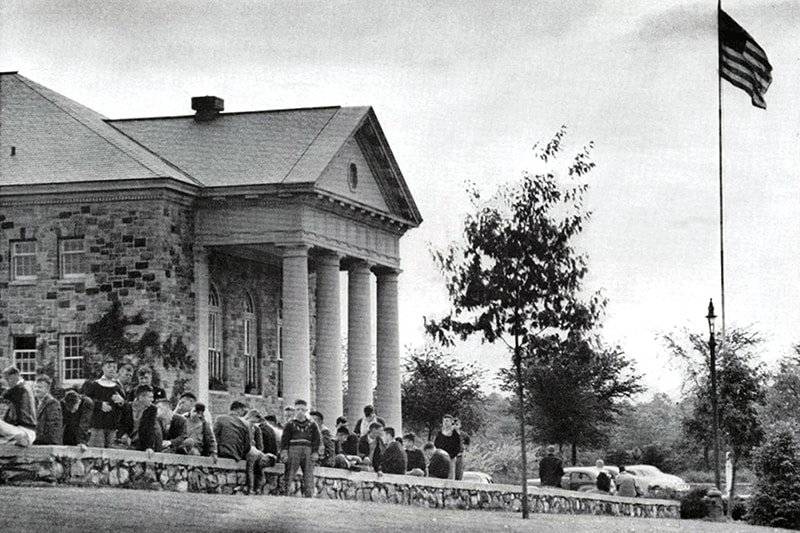
In 1921, the superintendent Dr. Charles Sherman Little presented an annual report that there were three categories of “feeble-mindedness”: the “moron” group, the “imbecile” group, and the “idiot” group. Anyone labeled in the “idiot” group could not be trained and should not be taken into Letchworth Village, because they were unable to “benefit the state” by doing the various jobs that were assigned to the male patients, included loading thousands of tons of coal into storage facilities, building roads, and farming acres of land. Many of the patients at Letchworth Village were children. Of the patients admitted that year, 317 out of 506 patients were between the ages of 5 and 16, 11 of the patients were under the age of 5. Visitors observed that the children looked malnourished and sick. While it was claimed in the annual report that there was a scarcity of food, water, and other necessities, that was not the case. The children there were often subjected to testing and some of the cruelest neglect.
In just ten years, Letchworth Village was already suffering from overpopulation with over 1,200 patients by the end of 1921. The public was unaware of the conditions of the facility until the 1940s when Irving Haberman did a set of photographs exposing the terrible conditions at Letchworth. The photographs showed the patients there were highly neglected. Some were dirty and unkempt, others were naked huddled in sterile day rooms. These photos pushed the public to question the institution and demand answers, but no changes were made. By the 1950s, the Village was overflowing with 4,000 inhabitants. Quoting a spokesman for the State Office of Mental Retardation and Developmental Disabilities, Corcoran confirmed that families abandoned their relatives there. Families of patients seemed to be just as neglectful as caregivers of the facility.
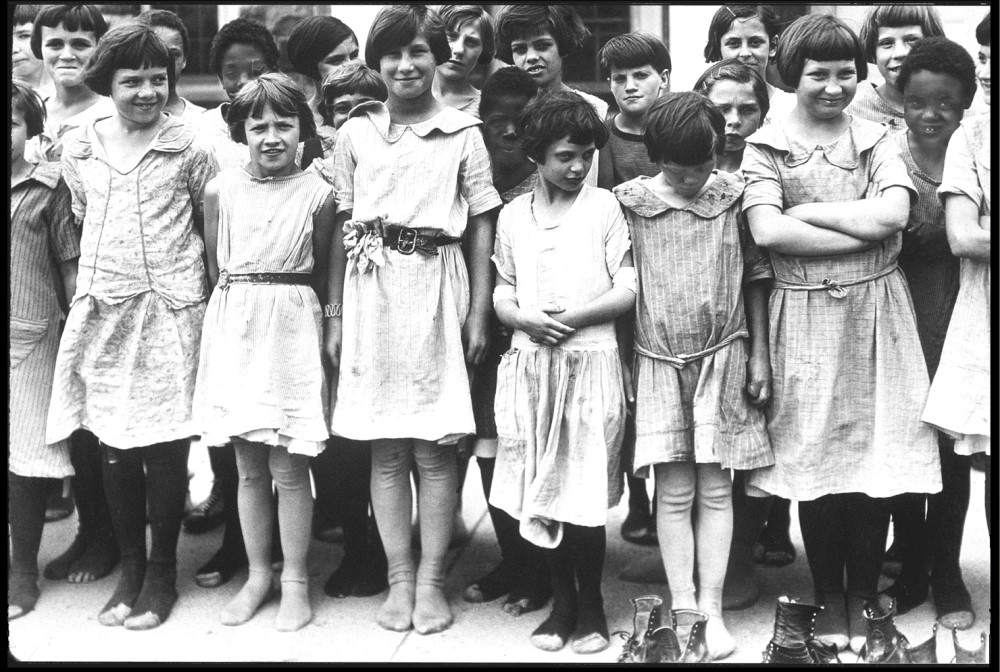
In 1948, immunologist Hilary Koprowski created one of the first polio vaccines and administered it to himself. Letchworth’s chief researcher Dr. George Jervis asked Koprowski to test the vaccine at Letchworth over the alternatives, which at this point Letchworth still had a good reputation among health professionals, despite the rumors and allegations of overcrowding and mistreatment. On February 27, 1950, the vaccine was administered to 20 children there with the first being an 8-year-old patient. Seventeen developed antibodies to the poliovirus, while the other three already had antibodies. There were no complications. Within 10 years, the vaccine was being used on four continents.
In 1972, ABC News featured a documentary by Geraldo Rivera titled “Willowbrook: The Last Disgrace” which focused on the Willowbrook State School on Staten Island, while conducting a series of investigations which included Letchworth Village and facilities in California. While he found a great deal of progress in the caring for, and training of intellectually disabled people in California, the New York facilities were found to be backward and cruel. He found that residents of Willowbrook and Letchworth Village lived in awful, dirty, and overcrowded conditions, with a lack of clothing, bathing, and attention to their basic needs. The facilities were incredibly understaffed, and there was little or no actual schooling, training or even simple activities to keep residents occupied. Rivera saw the overcrowding and neglect as a direct result of inadequate funding and the ignorant attitudes in wider society.
While the documentary lead to nation-wide reform of disability services, there was no immediate change at Letchworth Village. After a long, slow process of moving residents to more up-to-date facilities and phasing down admissions, Letchworth was finally closed in 1996.
